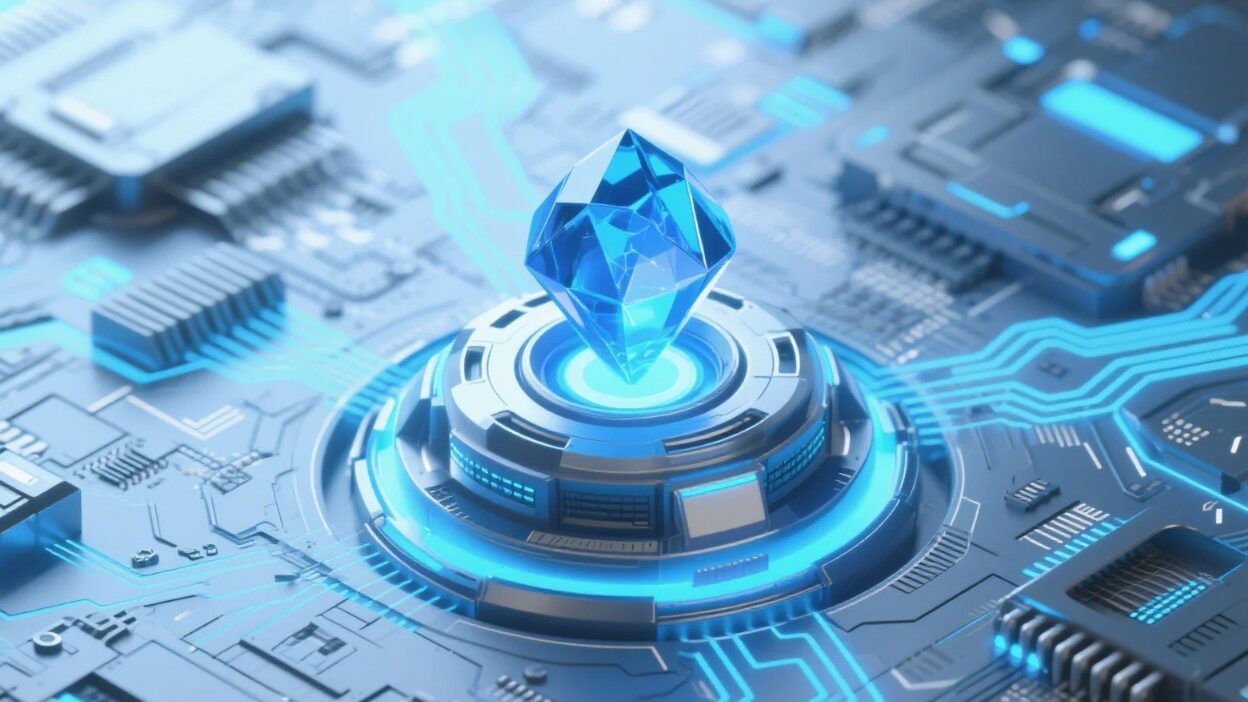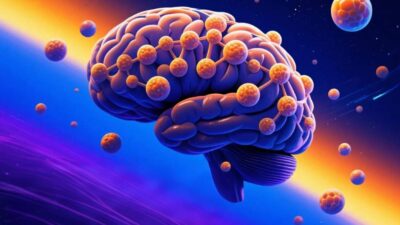The Future of Ultra-Fast, Energy-Efficient Quantum Data Processing
Imagine a computer that never stops computing—processing information not in seconds or nanoseconds, but in a perpetual state of motion, never losing energy while performing calculations. This isn’t science fiction; it’s the promise of time crystal computing, a groundbreaking approach that harnesses non-equilibrium quantum matter to revolutionize data processing. As traditional computing hits physical limits, scientists are turning to quantum time crystals—a bizarre state of matter that defies conventional physics—to unlock ultra-fast, energy-efficient computing.
In this article, we’ll explore how time crystal computing works, why it could outperform classical and even conventional quantum computers, and what breakthroughs are bringing this futuristic technology closer to reality.
What Are Time Crystals? The Quantum Breakthrough That Defies Physics
A New State of Matter Beyond Solids, Liquids, and Gases
Discovered in 2012 by Nobel laureate Frank Wilczek, time crystals are a phase of matter that repeats in time, much like ordinary crystals repeat in space. Unlike conventional systems that settle into equilibrium, time crystals operate in non-equilibrium, meaning they never reach a resting state—they continuously oscillate without energy loss.
Why Time Crystals Matter for Computing
This perpetual motion makes them perfect for computing—imagine a processor that never heats up, never slows down, and never requires energy to maintain its state. While still in early research stages, time crystal computing could enable:
- Faster-than-classical processing speeds
- Near-zero energy consumption
- Error-resistant quantum computations
How Time Crystal Computing Could Outperform Traditional & Quantum Computers
1. Ultra-Fast Data Processing Without Energy Loss
Traditional computers lose energy as heat due to resistance in circuits. Time crystals, however, maintain their structure indefinitely without energy dissipation, making them ideal for continuous computation.
2. Quantum Advantage Without Decoherence
Conventional quantum computers struggle with quantum decoherence, where qubits lose their quantum state due to environmental interference. Time crystals naturally resist decoherence, potentially enabling more stable and scalable quantum computing.
3. Potential for Analog & Digital Hybrid Computing
Unlike binary classical computers or gate-based quantum computers, time crystal systems could enable continuous-variable quantum computing, where information is processed in waves rather than bits—a paradigm shift in computation.
The Science Behind Time Crystal Computing: How It Works
Creating and Stabilizing Time Crystals
Scientists have successfully created time crystals in laboratory settings using:
- Trapped ions (charged atoms held in electromagnetic fields)
- Nitrogen-vacancy centers in diamonds (quantum defects in diamond crystals)
- Superconducting qubits (used in some quantum computers)
These systems are driven by periodic forces (like laser pulses) but never synchronize perfectly, creating a ”time-crystalline” state that persists indefinitely.
Integrating Time Crystals into Computing Architectures
Researchers are exploring:
- Time-crystal-based logic gates (replacing transistors)
- Quantum annealing with time crystals (for optimization problems)
- Neuromorphic computing (mimicking brain-like processing)
Early experiments suggest that time crystal circuits could perform certain calculations exponentially faster than classical computers while using minimal energy.
Challenges & Limitations: Why Time Crystal Computing Isn’t Here Yet
Despite its promise, time crystal computing faces significant hurdles:
1. Scalability Issues
Current time crystal systems are small-scale lab experiments. Building a large-scale computing array remains a major engineering challenge.
2. Control & Measurement Difficulties
Maintaining and manipulating time crystals requires extremely precise conditions, making them difficult to integrate into practical devices.
3. Competition from Other Quantum Technologies
Conventional quantum computers (like those from IBM, Google, and Rigetti) are advancing rapidly, potentially outpacing time crystal research in the short term.
However, if these challenges are overcome, time crystal computing could become the next major leap in computing technology.
The Future of Time Crystal Computing: When Will We See It?
Short-Term (Next 5-10 Years)
- Fundamental research to stabilize larger time crystals
- Hybrid systems combining time crystals with conventional quantum computing
Long-Term (10-20 Years)
- First prototype time crystal processors
- Specialized applications in cryptography, optimization, and AI
Potential Disruptive Applications
- Ultra-fast drug discovery (quantum simulations)
- Real-time financial modeling (high-speed computations)
- AI training at unprecedented scales
Is Time Crystal Computing the Future of Quantum Tech?
While still in its infancy, time crystal computing represents a paradigm shift in how we process information. By harnessing non-equilibrium quantum matter, scientists may unlock a new era of ultra-fast, energy-efficient computing that surpasses classical and even conventional quantum computers.
The road ahead is challenging, but the potential rewards—faster computations, lower energy costs, and revolutionary new technologies—make time crystal computing one of the most exciting frontiers in science today.



